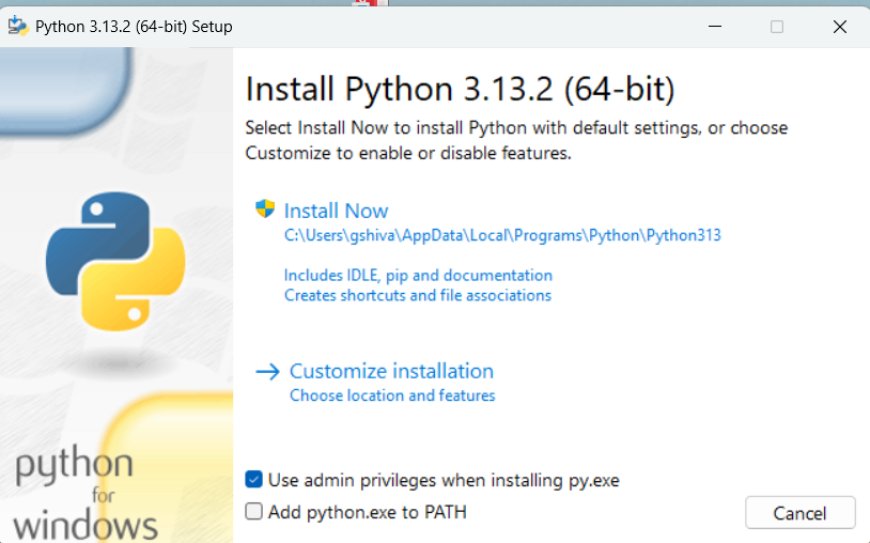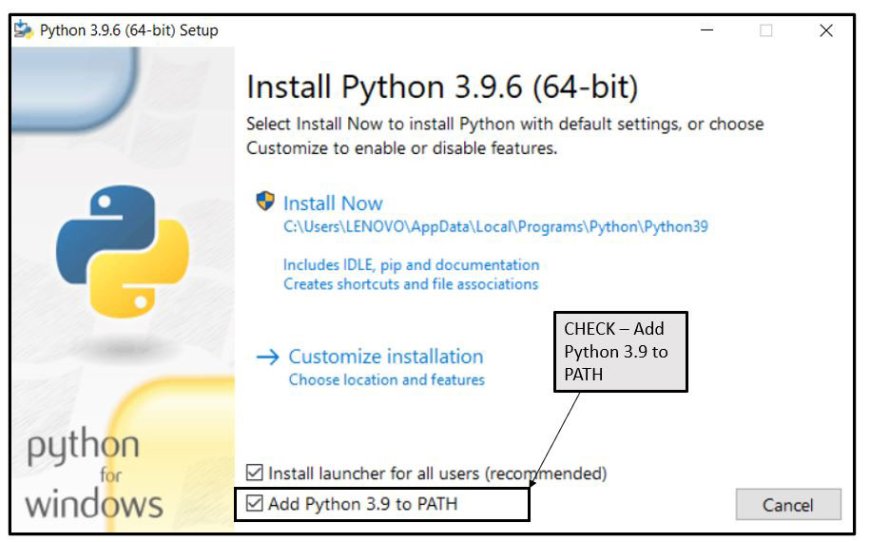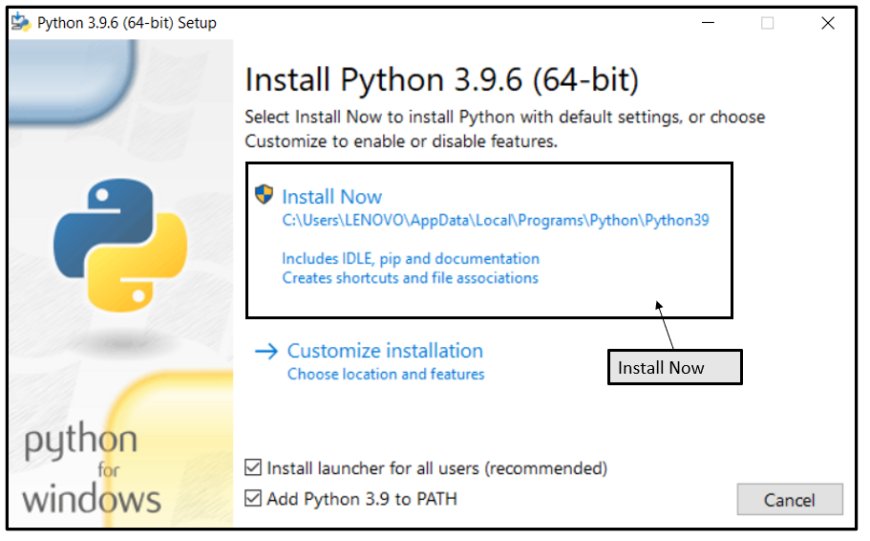Setting Up Python Environment for Development on Windows
To start coding in Python on a Windows machine, you need to set up the right development environment. This guide will walk you through installing Python,

Setting Up Python Environment for Development on Windows
Introduction
Python is a powerful and easy-to-learn programming language widely used for web development, data science, automation, and more. To start coding in Python on a Windows machine, you need to set up the right development environment. This guide will walk you through installing Python, setting up an Integrated Development Environment (IDE), and configuring essential tools for a smooth development experience.
Step 1: Download and Install Python
1. Download Python
To install Python on Windows, follow these steps:
1. Go to the official Python website: python.org/downloads
2. Click on the latest version available for Windows.

3. Download the installer (usually named python-xyz.exe, where xyz is the version number).
2. Install Python
After downloading the installer, follow these steps:
1. Run the downloaded .exe file.

2. Check the box labeled “Add Python to PATH” before proceeding.

3. Click on “Install Now” to start the installation.

4. Once the installation is complete, click “Close.”

Step 2: Verify Python Installation
To check if Python is installed correctly, open the Command Prompt (Press Win + R, type cmd, and press Enter), then type:
python --version
If Python is installed properly, you will see an output like:
Python 3.x.x
Step 3: Install a Code Editor or IDE
To write and run Python code efficiently, you need a good code editor or an Integrated Development Environment (IDE). Here are some popular choices:
1. Visual Studio Code (VS Code)
Steps to Install VS Code:
1. Download VS Code from code.visualstudio.com
2. Install and open VS Code.
3. Go to Extensions (Ctrl + Shift + X) and install the Python extension for enhanced features.
2. PyCharm
Steps to Install PyCharm:
1. Download PyCharm from jetbrains.com/pycharm
2. Choose the Community Edition (free) or the Professional Edition.
3. Install and open PyCharm.
Step 4: Install Essential Python Packages
Python has a package manager called pip that helps install libraries. To check if pip is installed, run:
pip --version
To install essential Python libraries, use:
pip install numpy pandas matplotlib
Step 5: Running Your First Python Program
Once everything is set up, you can run your first Python program:
Using Command Prompt
1. Open Command Prompt and type:
python
2. Type the following command:
print("Hello, World!")
3. Press Enter. If everything is set up correctly, you should see:
Hello, World!
Using a Python File
1. Open your code editor and create a new file named hello.py.
2. Write the following code:
print("Hello, Python!")
3. Save the file and run it using the command:
python hello.py
You should see the output: Hello, Python!
Conclusion
Setting up Python on Windows is a straightforward process. By installing Python, choosing the right IDE, and configuring essential tools, you can begin coding efficiently. Python's simplicity and powerful libraries make it an excellent language for beginners and professionals alike.

 HSingh
HSingh